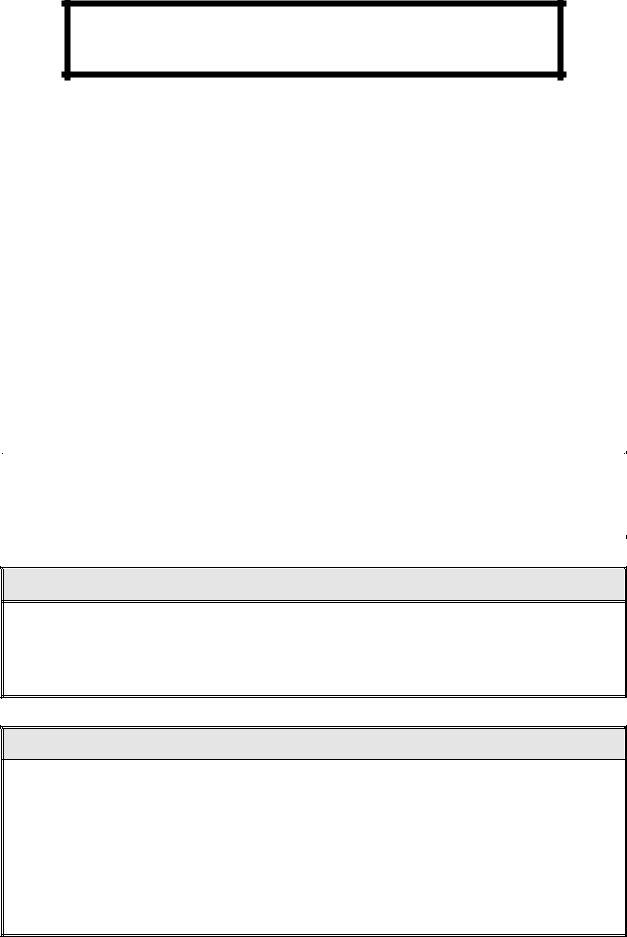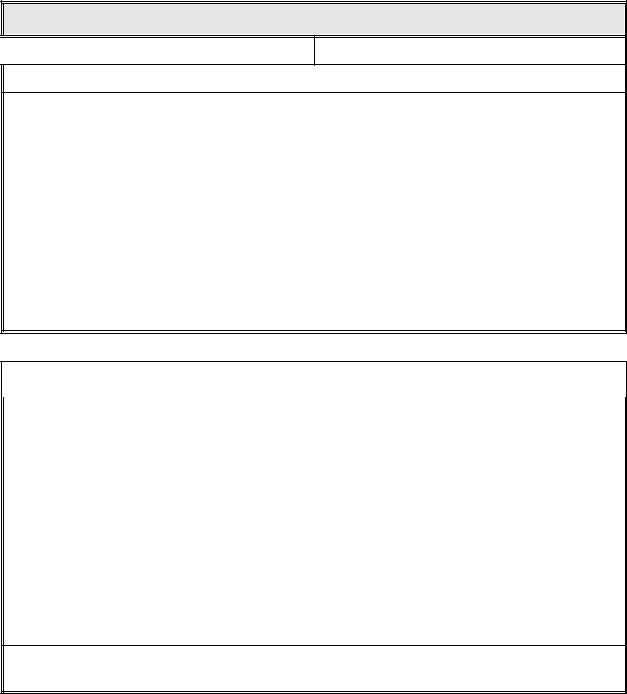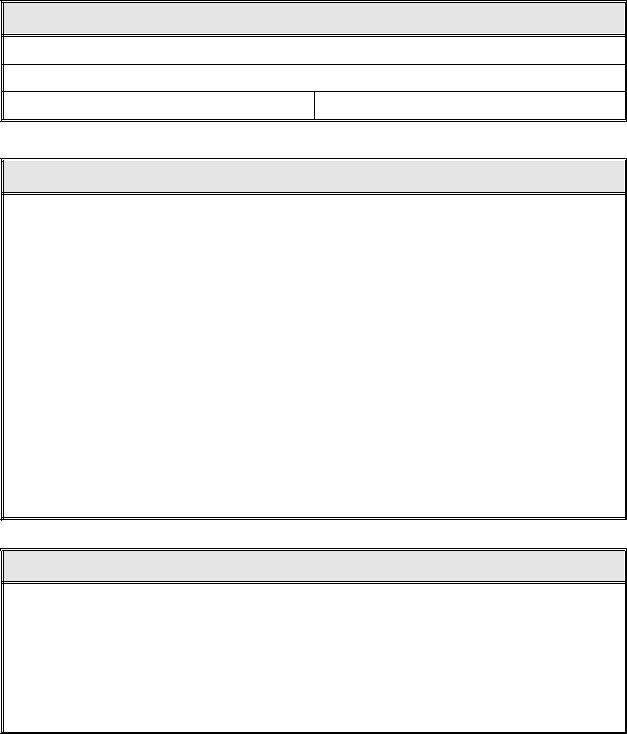The unfortunate reality of police misconduct has been headline news for years, with numerous incidents and allegations occurring throughout the country. As a result, it is important to document any potential police misconduct that occurs in order to ensure accountability from law enforcement officials. It can be intimidating to file an official complaint against a police officer or agency, but creating an organized and thorough report form can make this process easier—and provide proof of your submitted complaint should you ever need it. With that being said, below we will discuss an effective method for preparing a Police Misconduct Report Form and outline best practices for filing a successful claim.
| Question | Answer |
|---|---|
| Form Name | Police Misconduct Report Form |
| Form Length | 8 pages |
| Fillable? | No |
| Fillable fields | 0 |
| Avg. time to fill out | 2 min |
| Other names | police report fillable form, fillable police reports, victim-3, blank |

Privileged and confidential
POLICE MISCONDUCT REPORT
submitted to attorney _________________in anticipation of litigation
If you don't know the answers to some of the following questions, leave the box blank. It's okay if you didn't see every single thing.
Don't guess! Even one false answer can ruin your whole report, because people assume that if one answer is wrong, then none of your answers are trustworthy.
If a question concerns locations or distance, go back to the scene and check.
|
|
|
|
ABOUT YOU |
|
|
|
|
|
|
|
Today's date: |
|
|
Name: |
|
Email: |
Address: |
|
|
Phone numbers: |
|
|
|
|
|
|
|
|
|
ABOUT THE INCIDENT |
|
|
|
|
|
|
|
Date of incident: |
|
|
Time incident began: |
|
Time incident ended: |
Exact location of incident: |
|
|
|
|
|
ABOUT MEDIA WITNESSES
If there were reporters, photographers or videographers present, give names, descriptions, phone numbers, emails, and media organization.
ABOUT OTHER WITNESSES
Description, name, address, email and phone numbers:

Privileged and Confidential
If the incident involved more than one police officer or victim, use additional copies of this page. For example, if there were two officers, you would need one extra copy of this page. If there are more than one victim or officer, and you don't know their names, call them
ABOUT THE VICTIM
Name:
Address:
Email:
Phone numbers:
Gender: |
Age: |
Race: |
Complexion: |
Height: |
Weight: |
Hair (color, type, style): |
Facial hair: |
Glasses: |
Voice (high/low, accent): |
Marks, scars, tattoos: |
Disabilities: |
Clothing: |
|
|
ABOUT THE OFFICER |
|
|
|
|
||
|
|
|
|
|
|
|
|
Name: |
|
|
|
Organization: |
|
|
|
Badge number: |
|
Rank: |
|
Gender: |
|
Age: |
|
Race: |
|
Complexion: |
|
Height: |
|
Weight: |
|
Hair (color, type, style): |
|
Facial hair: |
|
Glasses: |
|
Voice (high/low, accent): |
|
Clothing/uniform, weapons: |
|
|
|
Vehicle (make, markings, license):
2

Privileged and Confidential
If the incident involved more than one police officer or victim, use additional copies of this page. For example, if there were two officers, you would need one extra copy of this page. If there are more than one victim or officer, and you don't know their names, call them
ABOUT THE VICTIM
Name:
Address:
Email:
Phone numbers:
Gender: |
Age: |
Race: |
Complexion: |
Height: |
Weight: |
Hair (color, type, style): |
Facial hair: |
Glasses: |
Voice (high/low, accent): |
Marks, scars, tattoos: |
Disabilities: |
Clothing: |
|
|
ABOUT THE OFFICER |
|
|
|
|
||
|
|
|
|
|
|
|
|
Name: |
|
|
|
Organization: |
|
|
|
Badge number: |
|
Rank: |
|
Gender: |
|
Age: |
|
Race: |
|
Complexion: |
|
Height: |
|
Weight: |
|
Hair (color, type, style): |
|
Facial hair: |
|
Glasses: |
|
Voice (high/low, accent): |
|
Clothing/uniform, weapons: |
|
|
|
Vehicle (make, markings, license):
3

Privileged and Confidential
COMMANDING OFFICER
Name:
Organization:
Badge number:
Rank:
ABOUT WHAT LED UP TO THE INCIDENT
What happened leading up to the incident? What was going on when police arrived? What did the victim do? What did the officer do? What did they say?
ABOUT OFFICIAL ORDERS
Were orders given (to disperse, to lie down, etc.)? Who issued the order and exactly what was it? Did you or others have trouble hearing the order? If so, why?
4

Privileged and Confidential
ABOUT WHAT HAPPENED DURING THE INCIDENT
What did the officer and victim say during and after the incident? Did you hear the officer use swear words or hate speech (racist, sexist or
Did the officer ask permission to search any person or place (bag, car, home)? How did the victim respond? What did the officer do then?
Did you see violence? Who was involved? What kind of violence was used (slap, punch, kick,
(continue on next page)
5

Privileged and Confidential
ABOUT WHAT HAPPENED DURING THE INCIDENT
(continue from previous page)
6

Privileged and Confidential
ABOUT PROPERTY
Was anyone's property damaged or taken away? When and how?
ABOUT WRONGFUL SEARCHES OR ARRESTS
Did the officer search the wrong person or place (car, home)? Was the wrong person arrested? Was there a warrant? What person or place was specified in the warrant?
ABOUT INJURIES TO VICTIM
What were the number and location of the victim's injuries (scrapes, bruises, cuts, sprains, broken bones, bullet wounds)? If the victim died, where and when did it happen?
Describe any ambulance or medical staff which came (name, license plate, i.d. number):
Name, address and phone numbers of anyone with photographs or videotape of the victim's injuries (during or after the incident):
7

Privileged and Confidential
ABOUT THE SCENE
Go back to the scene of the incident and draw a diagram of the area. Show where you were during the incident. Show where the victim and officer were. Put in other landmarks like: signs, parked cars, fences, benches, etc. Use arrows to show where people moved.
8